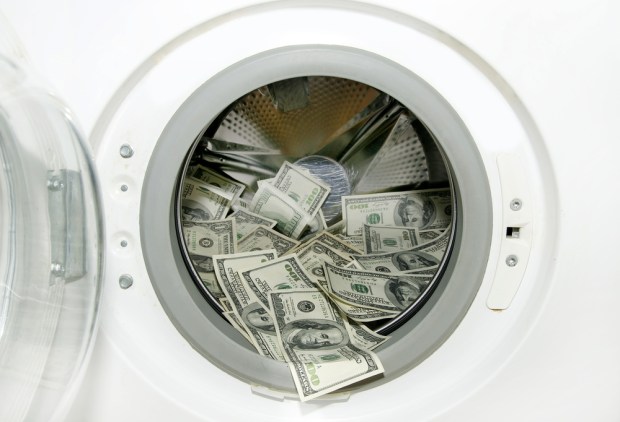Commercial Cards A Money Laundering Trap

Regulators have taken money laundering to task with revamped Anti-Money Laundering legislation. But the problem is a global one, and money launderers are getting creative.
Reports by InSight Crime on Tuesday (Sept. 13) highlighted a recent trend by organized criminals: the use of commercial cards to launder money across borders. These so-called “transnational organized crime” groups recognize B2B payments via credit card as a potential way to skirt detection from regulators.
Keith Furst, founder of consulting firm Data Derivatives, originally explored this issue for the Association of Certified Financial Crime Specialists. He cited research from investigative journalist Patrick Radden Keefe, who discovered that organized criminals in the drug trade often operate on a sophisticated system of credit. Corporate cards, experts say, can be one method these cartels use to get money generated from drug sales back over the border in the hands of criminals.
Merchant-based money laundering sees a company purchasing goods from a supplier to secure a transaction, but the goods are either undervalued or are never provided. Experts say there are a few red flags that could signal merchant-based money laundering activity.
For instance, if a cash-heavy business, like a small supermarket, procures high-value goods using a commercial card from a supplier across the border, these transactions could be suspicious if those goods could be procured at a similar cost within the border, if that supermarket doesn’t usually use a commercial card to make large purchases or if the goods procured don’t seem like likely products that would be resold in a supermarket.
Organized criminal groups can form relationships with cash-heavy businesses like these. Criminals give the business cash, and the business is instructed to make purchases via commercial card from a “supplier” across the border — often for goods that are never actually shipped.
Credit card-related fraud is nothing new for consumers or businesses. But Furst’s post suggests commercial cards are particularly susceptible to this type of fraud — not to mention, this kind of money laundering activity can be tricky to identify.
“If a business’ cash deposits increase, how could the bank determine that the increase was generated from illicit sources as opposed to legitimate business revenue?” Furst asked. “The answer is they can’t. The red flags may only be contained in the business’ credit card activity and with the merchant acquirer and only then will it become clear that the high-value credit card purchases didn’t make business sense.”
